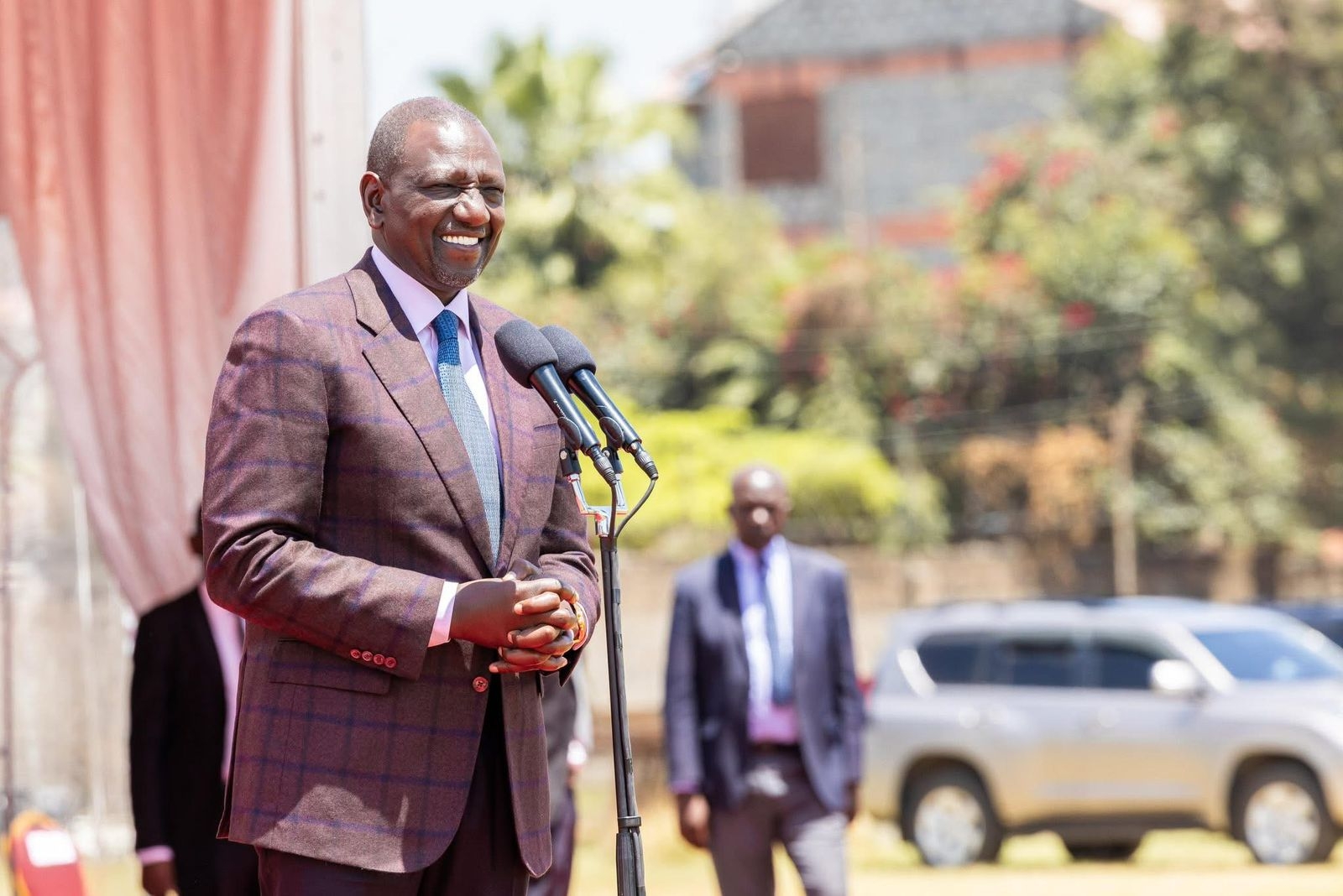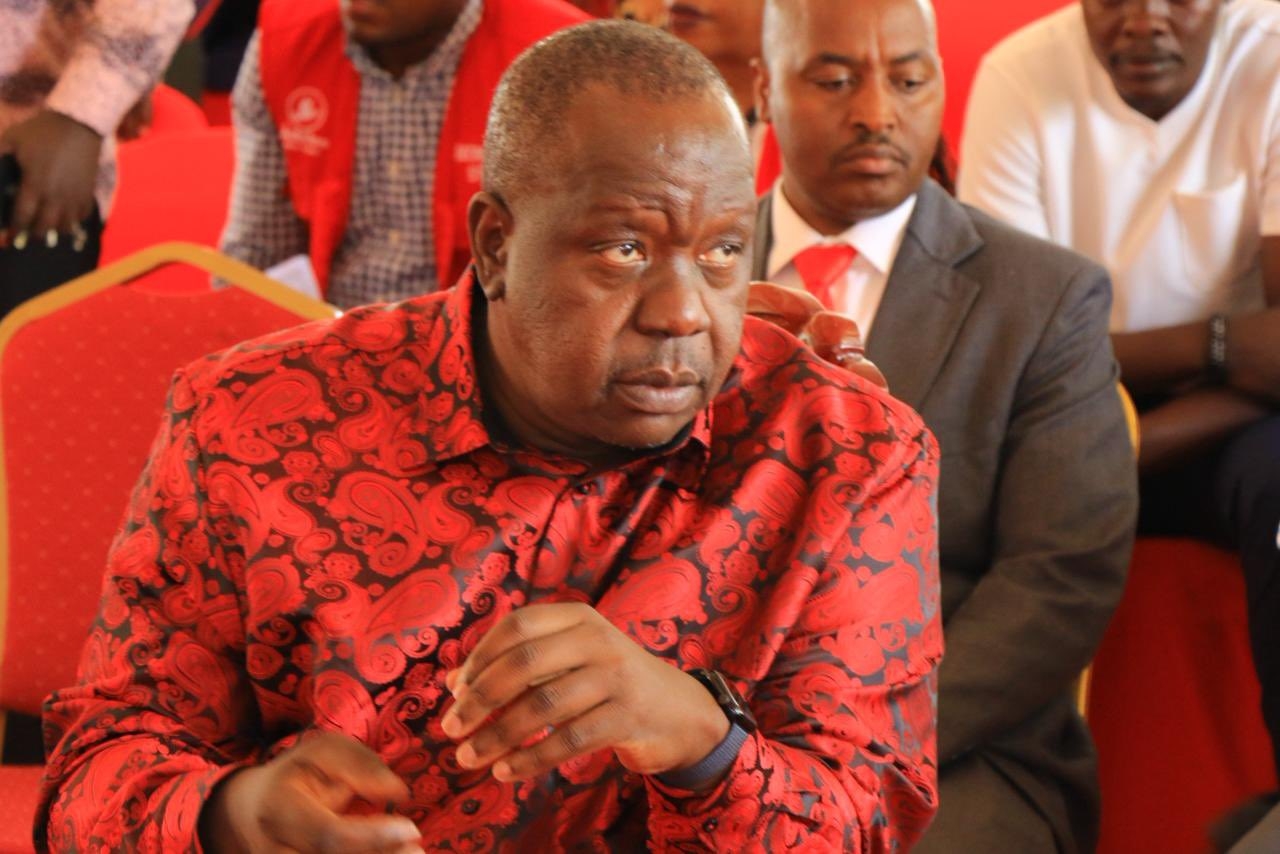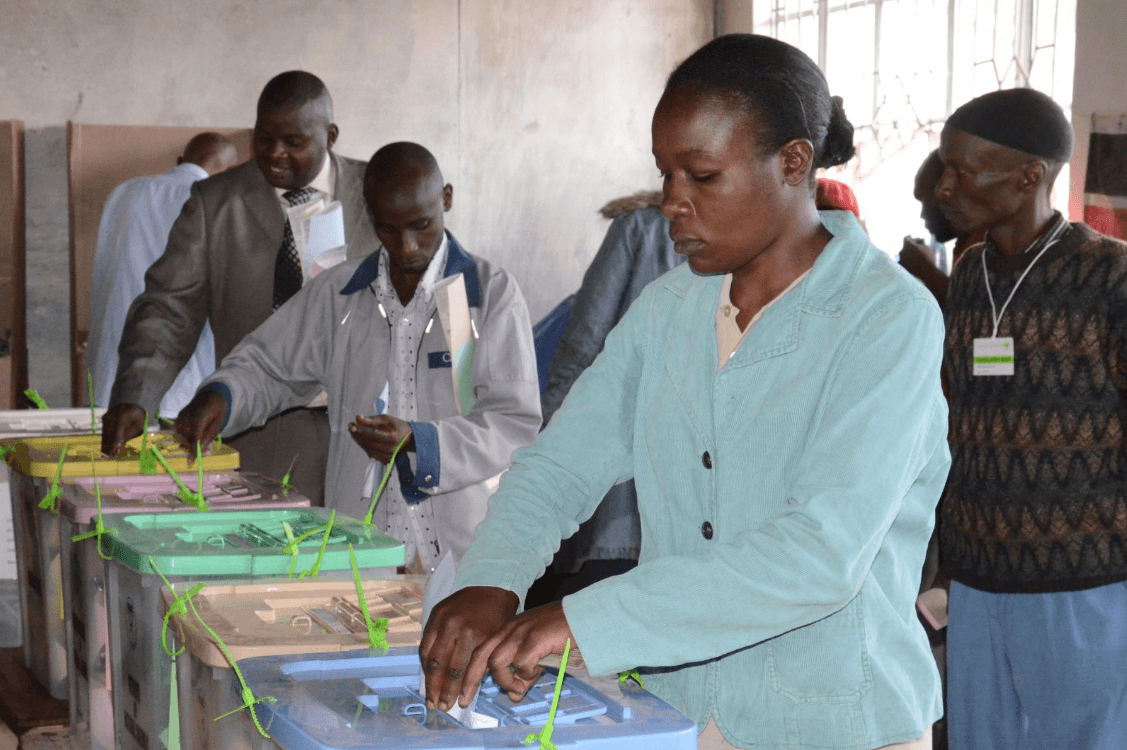
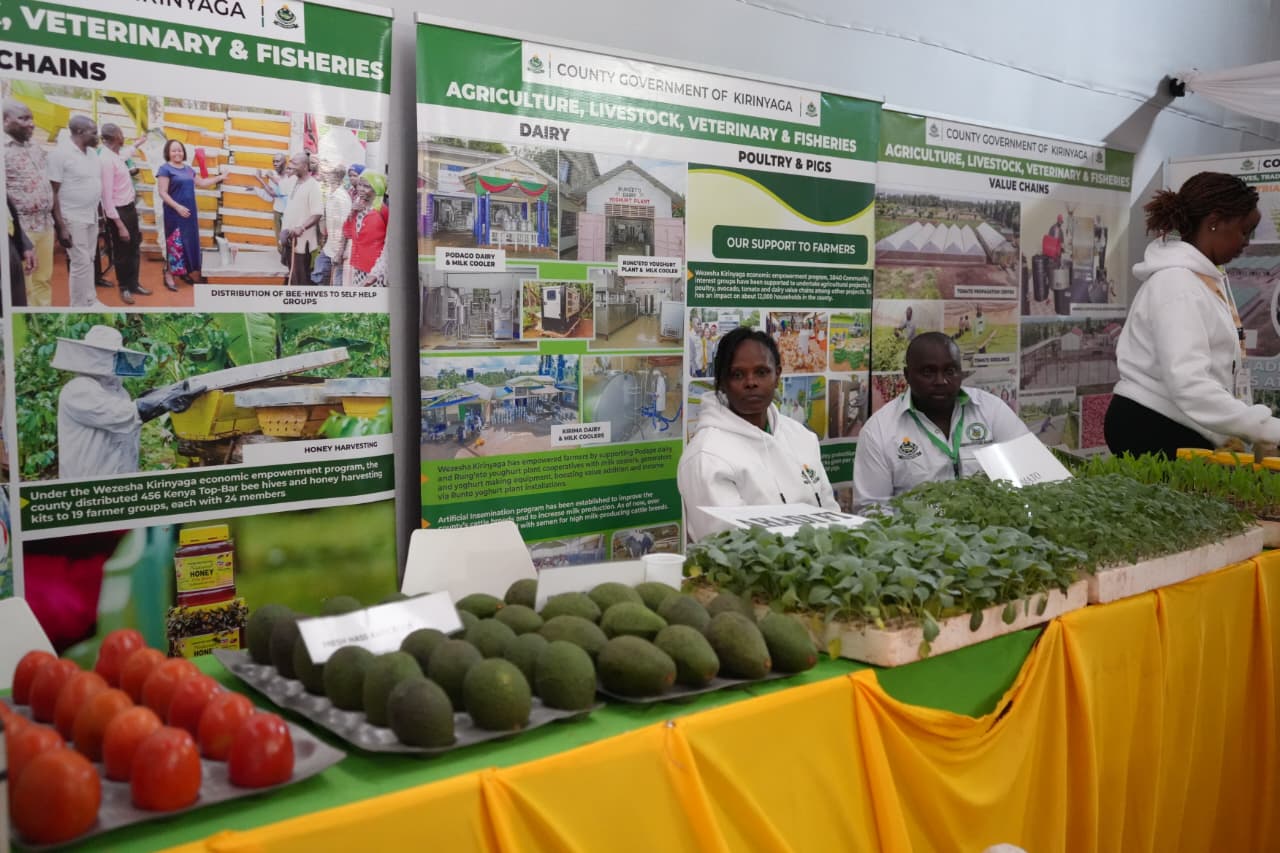
When Kenya embraced devolution in 2013, the promise was that development would no longer be confined to Nairobi but would reach every village. Fifteen years later, that dream is beginning to take shape.
Across the country, the story is the same: new roads are opening access, farmers are turning into exporters, and rural industries are being reborn, all powered by a partnership between the national government and devolved units under the Bottom-Up Economic Transformation Agenda (BETA).
At the Devolution Conference in Homa Bay last week, President William Ruto said every shilling spent on development must translate into livelihoods.
“A road is not just tarmac; it is the path to markets, hospitals and classrooms. A farm input is not just a bag of fertilizer; it is food on the table and money in the mwananchi’s pocket,” he said.
Agriculture, long the backbone of the economy, has become the clearest proof of how BETA is working.
The government pledged to cut the cost of production, build structured value chains and expand exports. This has been demonstrated through subsidized fertiliser, which once sold at Sh6,500 a bag but now goes for Sh2,500, making it affordable to millions of farmers.
Since 2022, more than 14 million bags have been distributed through an e-voucher system that has registered over six million farmers.
For farmers who could not previously afford inputs, this has meant better harvests, more food for their families and surplus produce to sell, putting money in their pockets.
The results are visible. Rice production is up following the commissioning of Thiba Dam and the expansion of Mwea irrigation schemes.
Dairy farmers are supplying milk to new processing plants set up by counties with national government support. Coffee farmers in regions such as Baringo are earning better returns after years of decline, thanks to new mills and cooperatives.
Beekeepers have moved from recycled bottles to branded honey now stocked in supermarkets and exported abroad.
Kenya’s avocado story is perhaps the most striking. Once a seasonal fruit sold by the roadside, it has become one of the country’s leading horticultural exports.
In 2023, farmers exported more than 114,073 tonnes worth about USD141 million, aided by new markets in Asia after China opened its doors to fresh produce. In many villages in Western and Central Kenya, small farmers are planting Hass avocado trees, confident their fruits can now reach Europe, the Middle East and China.
Other crops are also making a comeback. In Nyanza, cotton farms idle for years are back in production. With high-yield seeds, tractors and warehouses provided to cooperatives, farmers are once again harvesting thousands of tonnes. Plans for a ginning factory in Homa Bay are laying the foundation for a textile industry that could create jobs for thousands of youths.
With agriculture devolved, counties such as Nyeri, Kirinyaga and Murang’a are investing in cooperative societies, supplying quality seedlings and linking farmers to markets. In Central Kenya, devolution has significantly supported coffee and tea production.
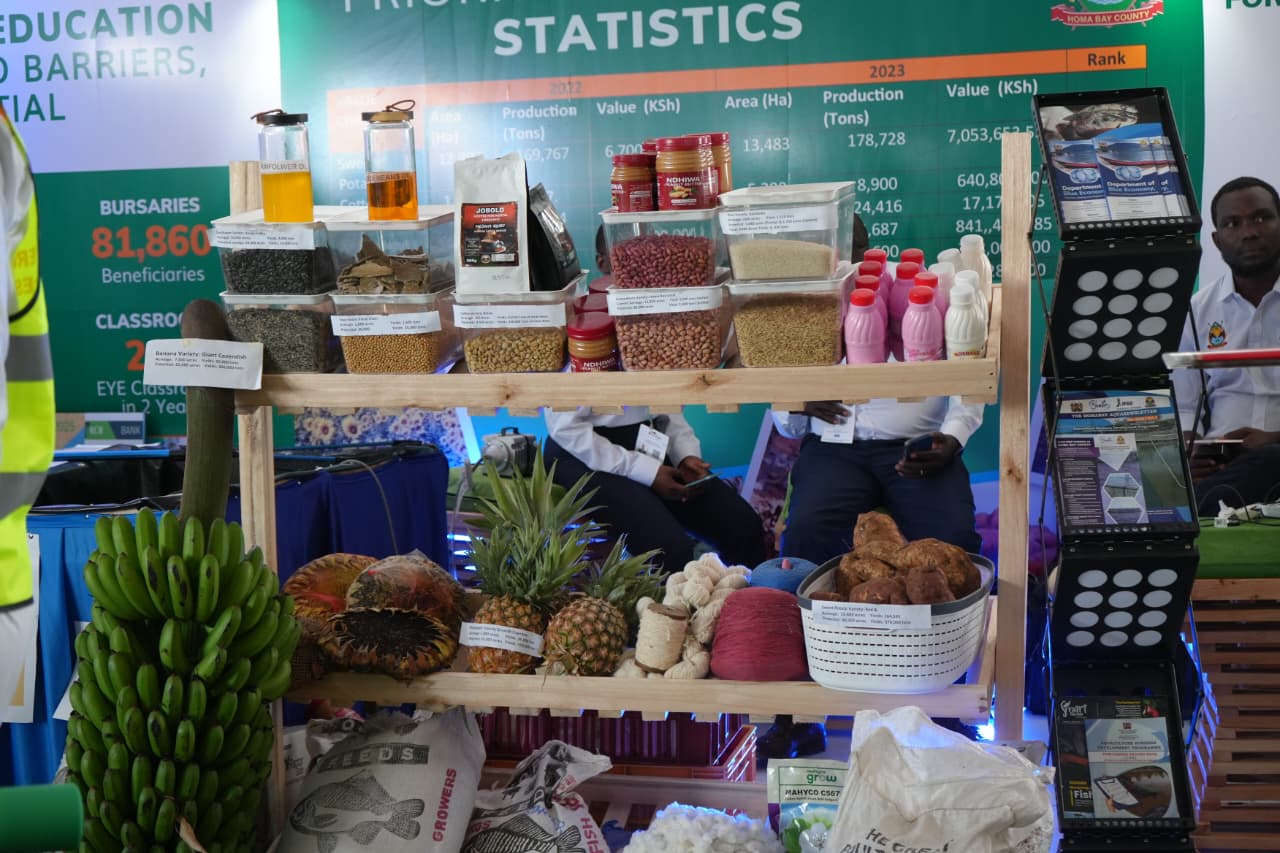
In Mandera’s arid plains, farming is pushing back against drought with mechanised cultivation, solar-powered irrigation and modern inputs. Drip kits, shade nets and improved storage are helping conserve scarce water.
The county has added pump houses, pipelines and canals, with 11 new water sites mapped out for irrigation. Meanwhile, vaccination drives have shielded nearly two million cattle from deadly diseases, giving pastoral families long-sought stability, food security and income.
Behind this progress lies a less visible but crucial factor: roads. The government’s decision to clear Sh175 billion in pending road bills and restart 580 stalled projects has opened markets once cut off by floods. Roads are enabling produce to move quickly, safely and at lower costs, making Kenyan farmers more competitive locally and internationally.
BETA’s design ensures these changes are not scattered or random but part of a clear plan. Every county is setting up a County Aggregation and Industrial Park, where farmers can take produce for storage, aggregation and light processing. This means that a tomato in Loitoktok will no longer rot by the roadside, and a mango in Makueni will not be sold for a throwaway price.
By embedding value addition infrastructure at the county level, wealth is staying in the village, and the impact of government policies is reflected in the wider economy. Kenya’s GDP grew by 5.6 per cent in 2023, up from 4.9 per cent in 2022, driven mainly by agriculture.
The import bill for staples such as edible oils and rice is beginning to ease as local production rises, while farmers who once abandoned cash crops are returning to the fields, encouraged by better prices and structured markets.
These are not isolated county projects but proof that when national vision meets local delivery, citizens everywhere benefit. Devolution has given every community a voice, while BETA has given them shared direction.
Together, they show that development is no longer a distant promise but a lived reality.




